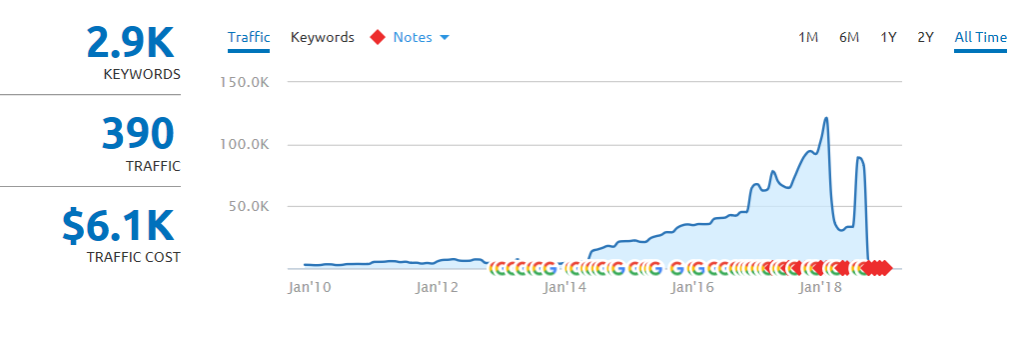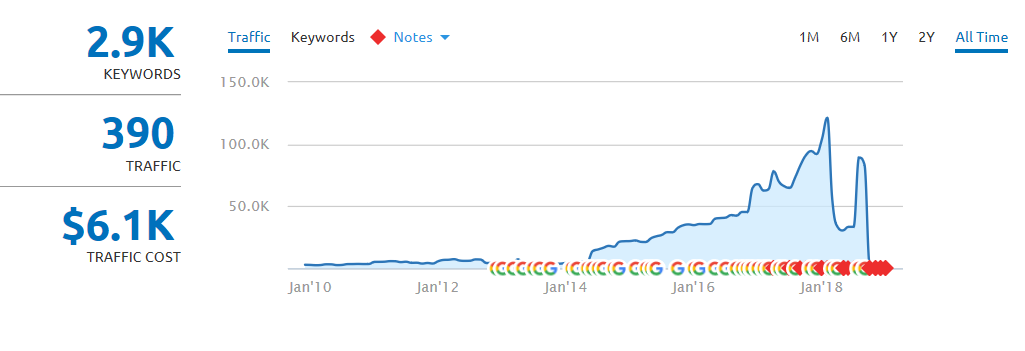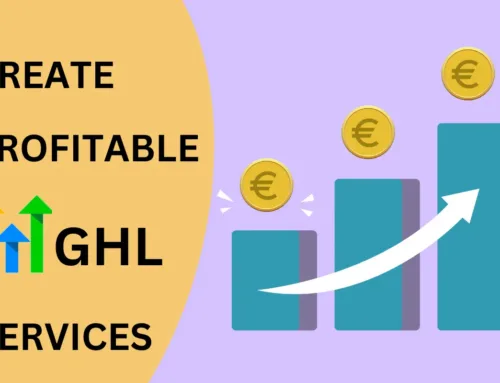Keyword research, when done correctly, can be a potential game-changer. It can help improve revenues, generate more leads, and rank your site for lucrative terms with relative ease.
This post is designed to guide you through the perilous world of keyword research and optimization.
Let’s get started.
But, What’s Keyword Research in the First Place?
Keyword research is when you use tools—either free or paid—to discover the terms people are entering into search engines in your niche. This can drive content strategy and help you ideate your marketing strategy too.
Write down the broad topics that encompass your business. You’re not keyword hunting at this stage, but merely looking for ideas that define your business and what you do. Don’t be afraid of making mistakes. After this step, you need around 5 to 10 topic clusters. Let’s say you’re an email automation tool. So representative clusters/broad topics are email automation, email marketing, email marketing on autopilot, and so on.
You can add more of these topic clusters later on.
To define clusters properly, you have to start by understanding who your customers are and what motivates them.
Get to Know Who Your Customers Are
Prior to selling anything online, it’s essential to determine who it is you’re selling to. You need to find what it is that motivates them. Before finding a list of keywords you need to use to target customers searching for particular products and services, you must have a buyer persona at hand.
This helps you whittle down to the personality traits of the ideal customer and help them find what they’re searching for. Get into your customer’s shoes to understand their buying journey and figure out how they arrive at the buying decision.
This way, you can offer them something that can help them move up the ladder on the buying process.
Search closely to understand what kind of intent keywords have. For example, do they lean heavily on commercial intent or buyer intent?
Run a Keyword Analysis
Once the buyer personas are done and you know the different stages the people coming to your site are going through, it’s time to do keyword research, discover phrases that can be of value to you, and use tools to get that process up and running.
From the buyer personas you already created, you will find groups of people who are interested in some or all of the topics you added to clusters.
The next step is to research and come up with keywords you can add to these clusters.
Here’s an example:

These keyword phrases ranked by search volume and competition is what you need to get the process straight.
With the help of the right tools, you get great keywords, their long tail variations, and ideas from competitors, plus see how easy or difficult it is to rank for a particular keyword.
Go for keywords that are high in volume but are comparatively easier to rank.
Google’s Keyword Planner seems like a great choice for many. But apparently, it does a poor job at keyword research. Owing to its popularity and being free, many swear by it as their “go-to” keyword research tool. It was primarily designed for people who advertise on Google and not as a keyword research tool.
The competition index that shows whether competition is high or low shows advertiser competition for a keyword, indicating if people are aggressively bidding for that particular phrase to rank for. We recommend using SEMrush, Ahrefs , KwFinder or even Moz. Here’s a post comparing SEMrush and Moz that can help you understand features of both and decide on one.
Another crucial metric is search volume. On Keyword Planner, they have taken away accurate data and provided a possible range of search volumes. Instead, private paid-for keyword research tools do a much better job on both ends indicating correct search volumes as well as competition values.
Monthly search volume, high CPC and low competition is what you ought to be gutting for.
RankBrain—a core component of Google’s search algorithm—now is all about powering semantic search by looking for relationships among keywords and exploring the real meaning and intent behind a search.
Do a Deep Competitor Keyword Analysis
In SEO, one sore thumb is having competitors. You want to have the whole pie and eat it too. But no competition indicates no money in the game. So they’re a kind of necessary evil. And there’s more to them than meets the eye.
On Google and other search engines, search for the keywords you want to rank for. And note the competitors for the top 10 positions for each keyword. Keep going until you have long list you can enter into a competitive intelligence tool like SEMrush, SpyFu or Ahrefs and track keywords they rank for.

Based on this valuable input, you can model your content strategy.
Add Keywords Where They Belong
Keywords must be placed inside meta descriptions and in the heading tags like H1 and H2 inside the page. They should also be displayed front and center in blog posts along with variations of them.
Each page can target up to 3 keywords, but when you build links it automatically ranks for hundreds of little-known long tail keywords, all of which—though tiny in search volume—add up to a voluminous trickle of traffic.
While adding keywords, don’t sacrifice readability because that can tank rankings.
Concluding Thoughts
Now that you know what to do, the next step is to actually do it. Do your keyword research and create content for the most targeted facets of your audience and get straight to their wallets.




